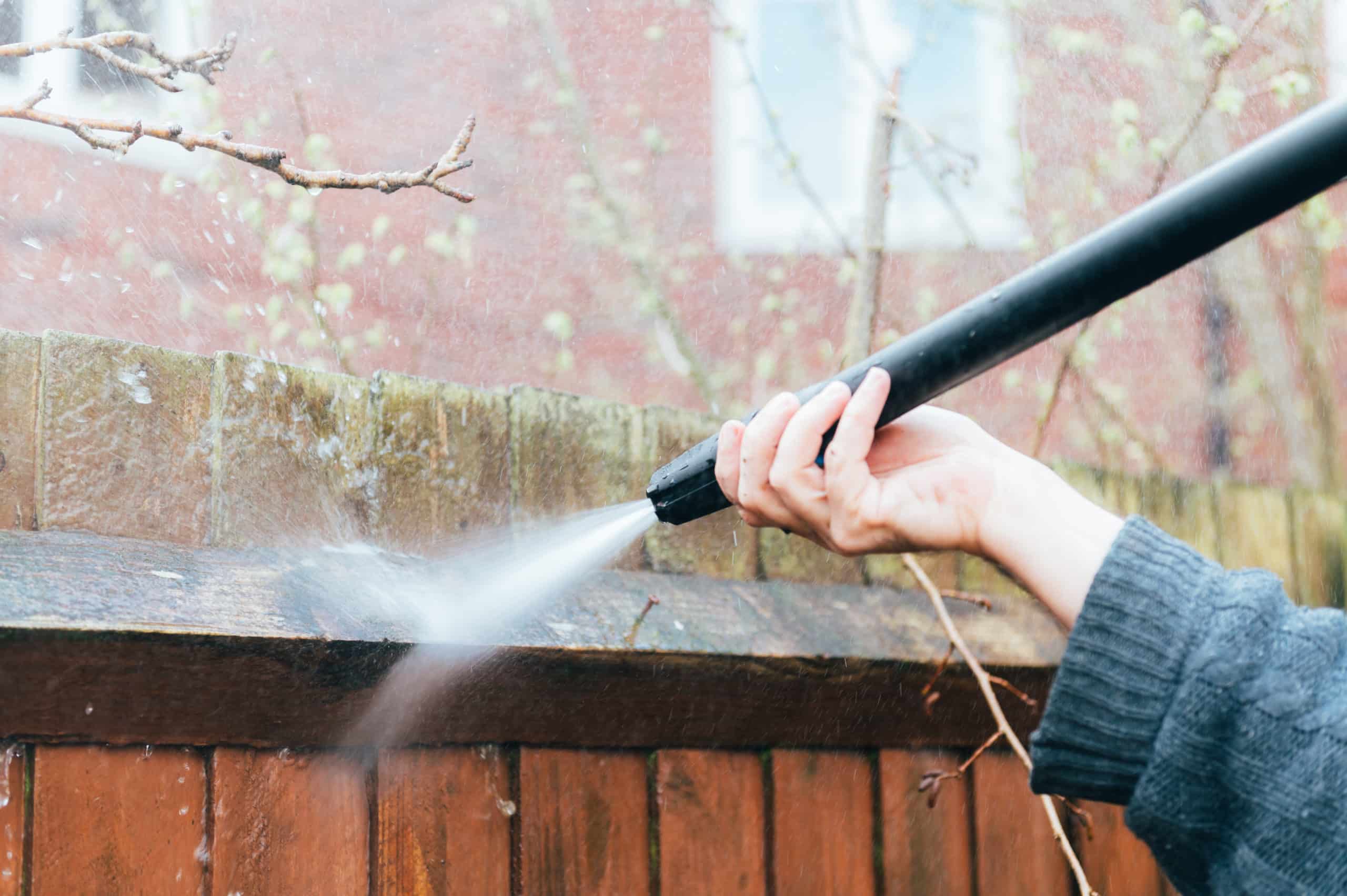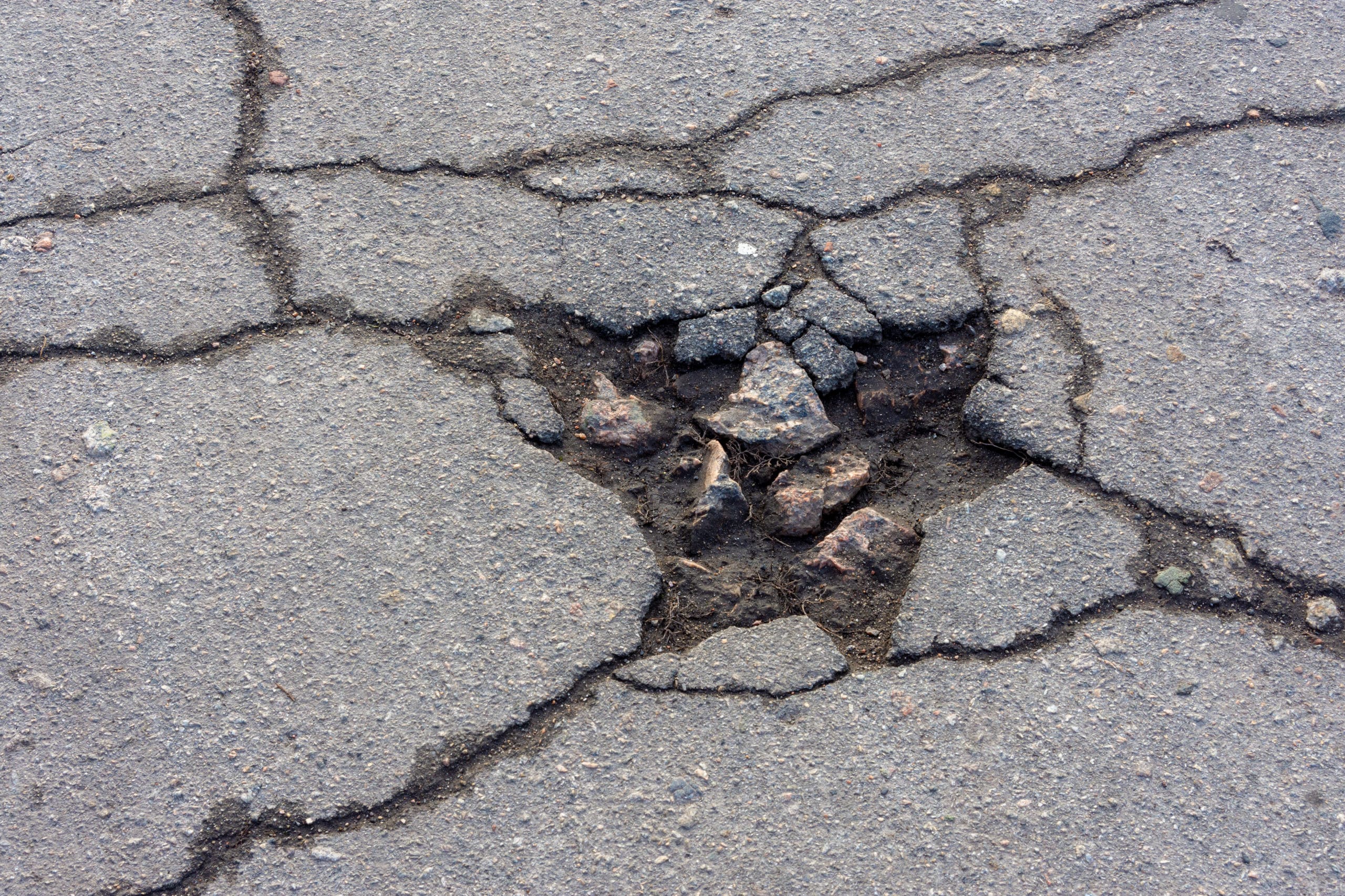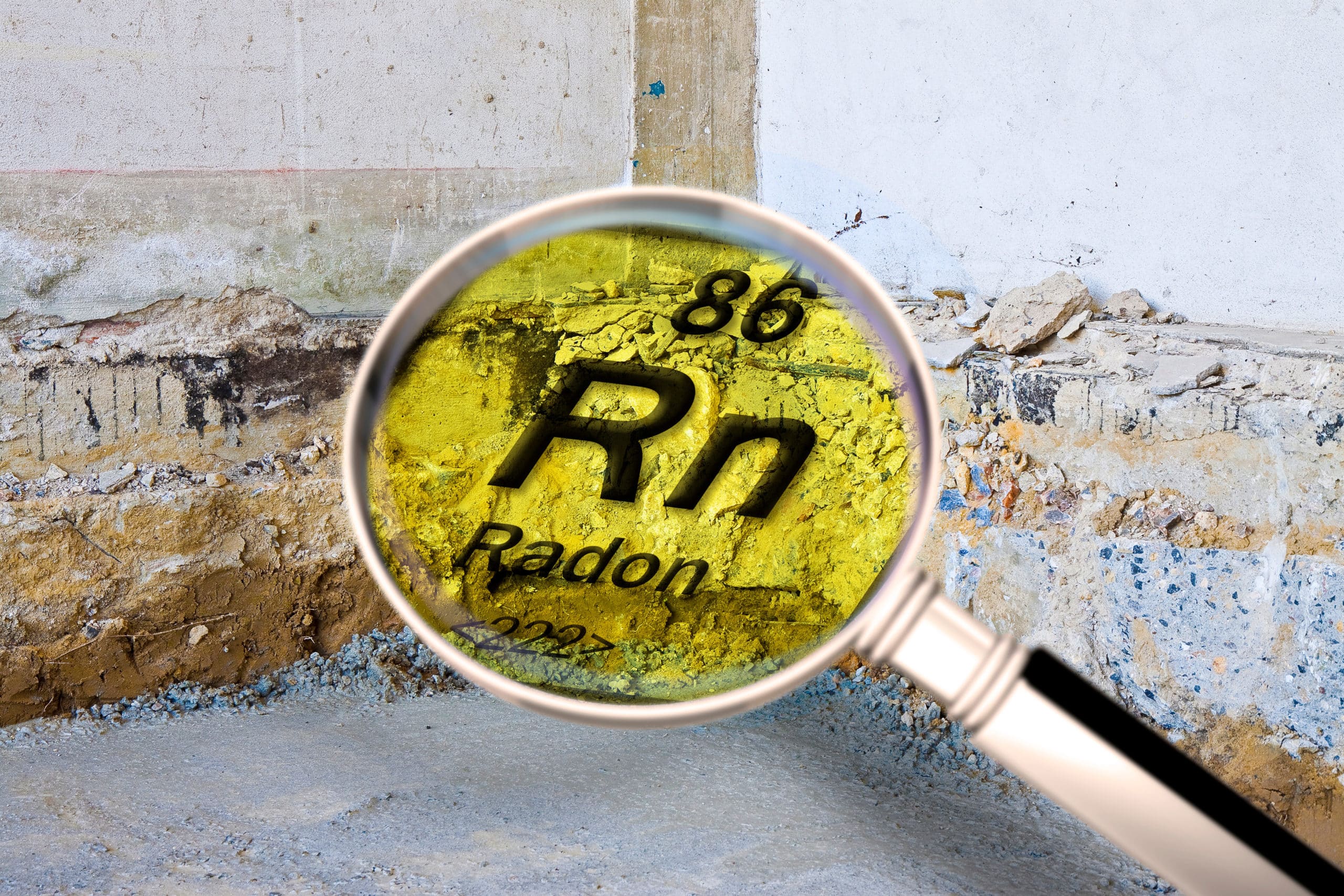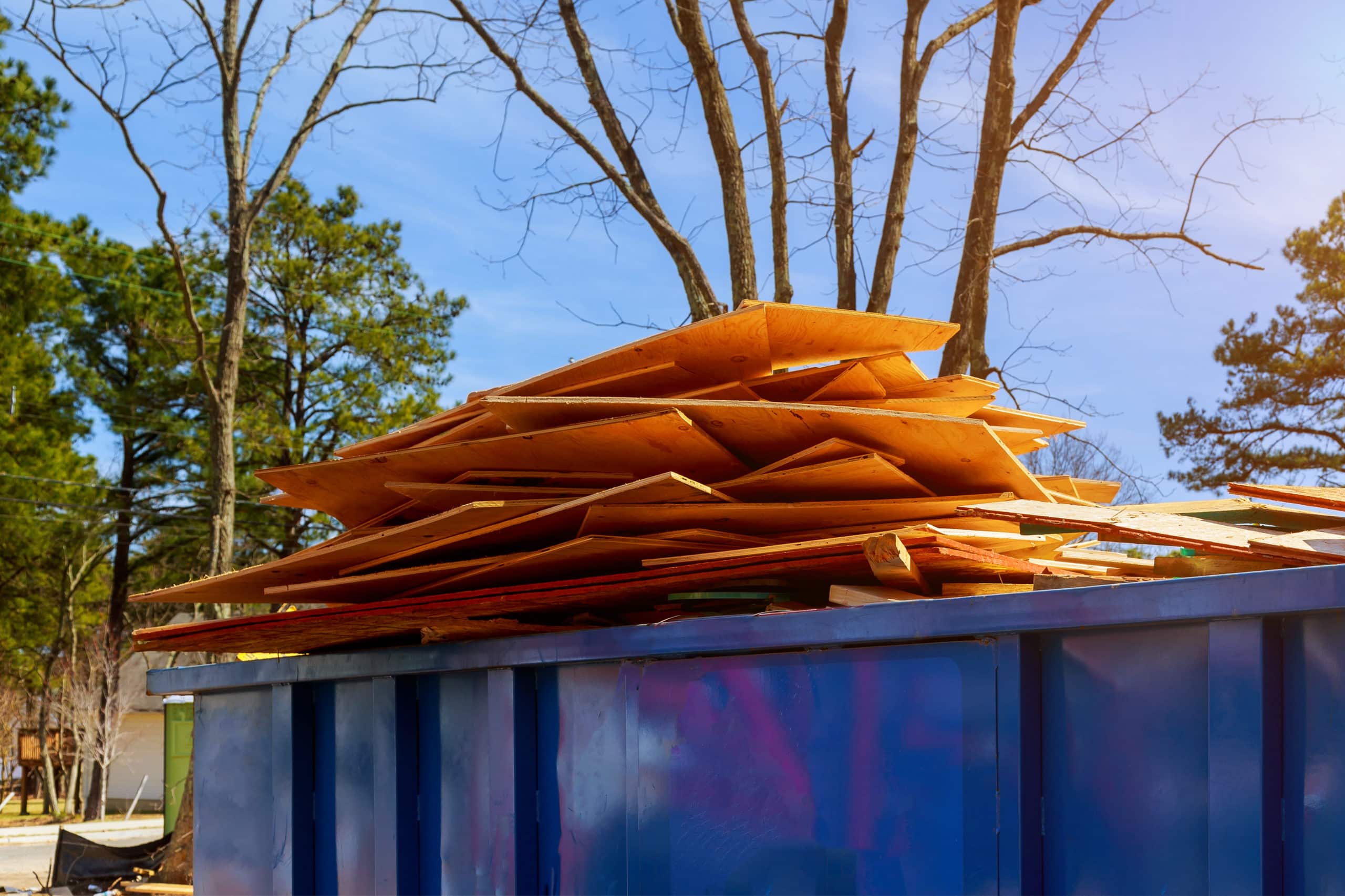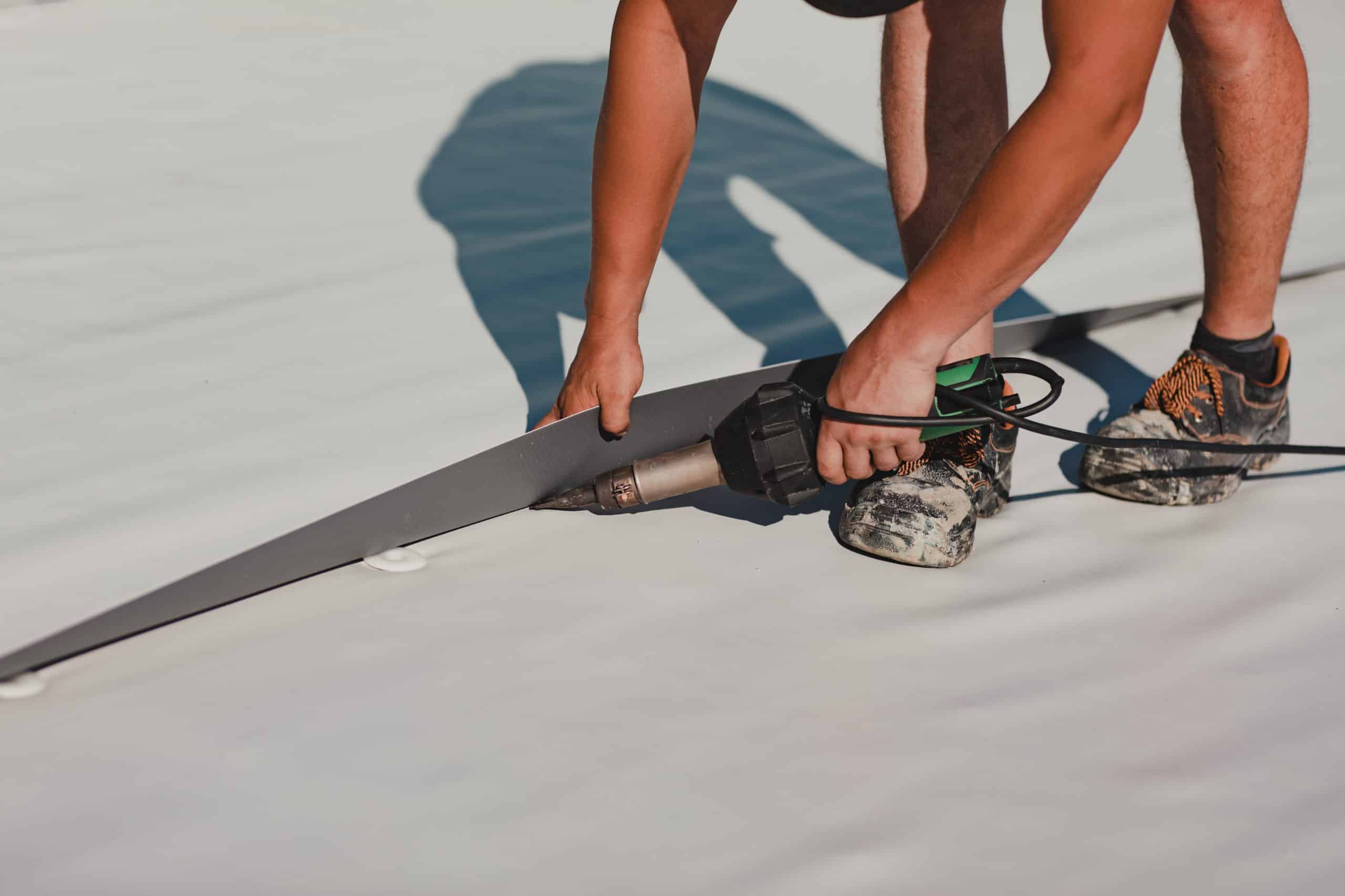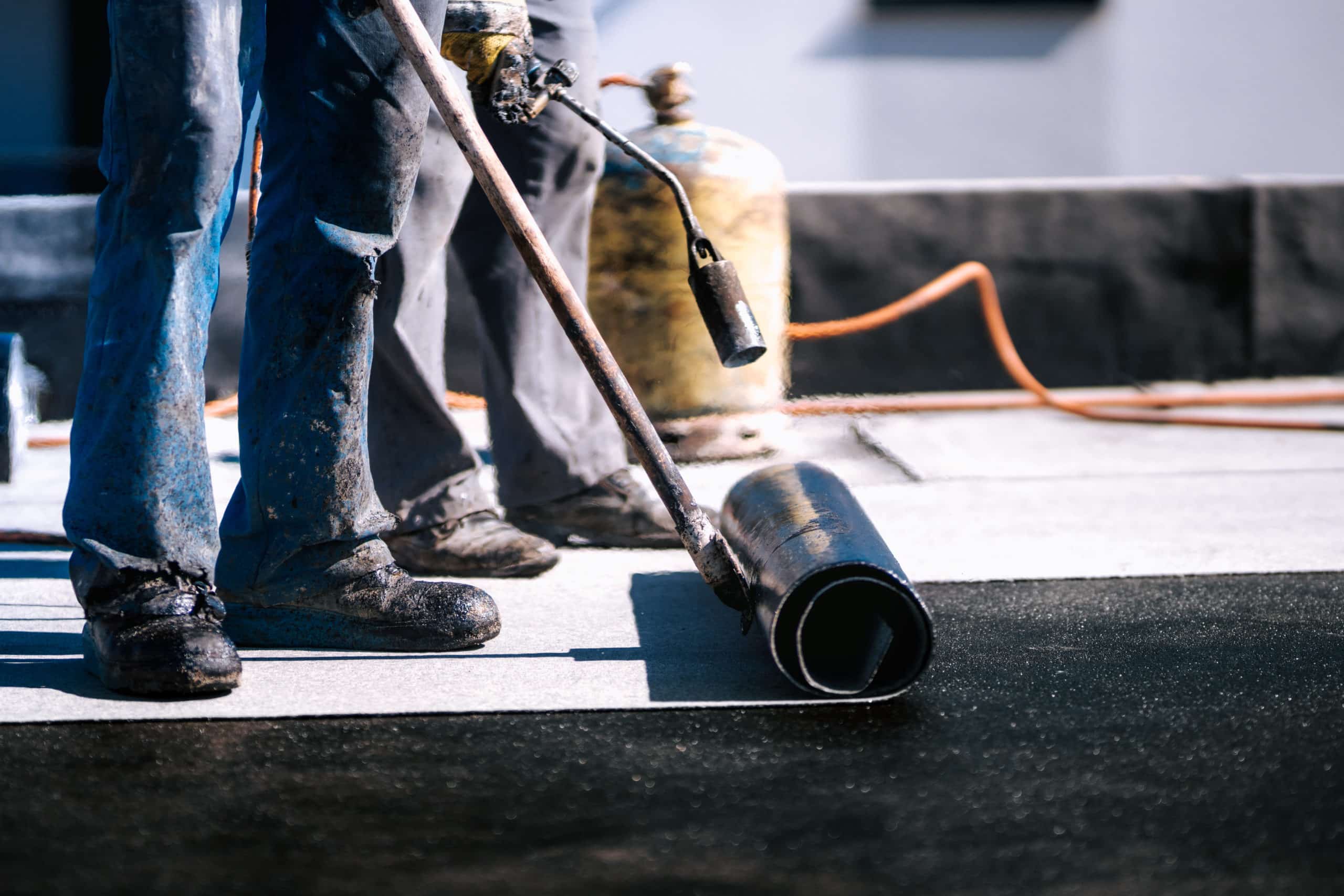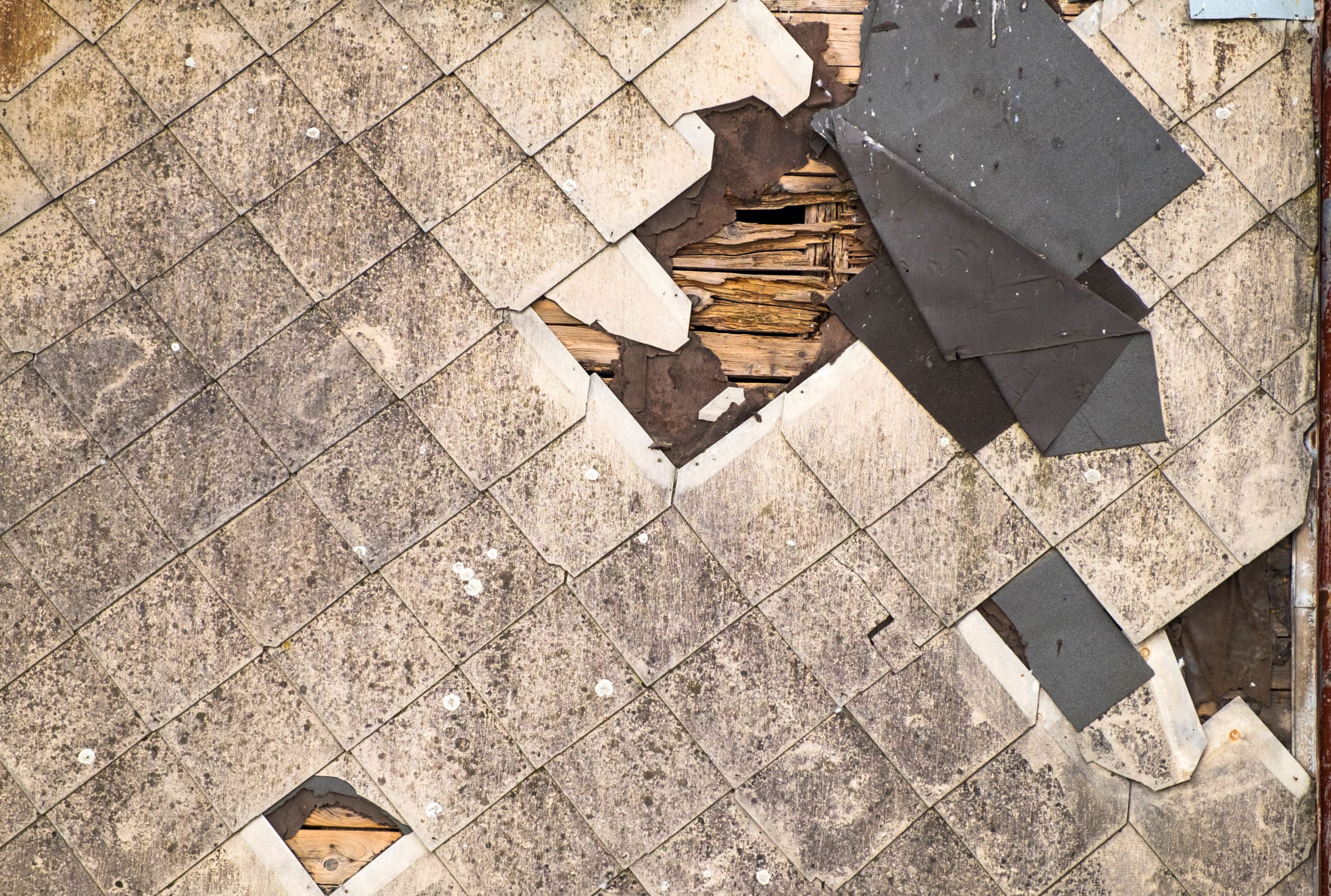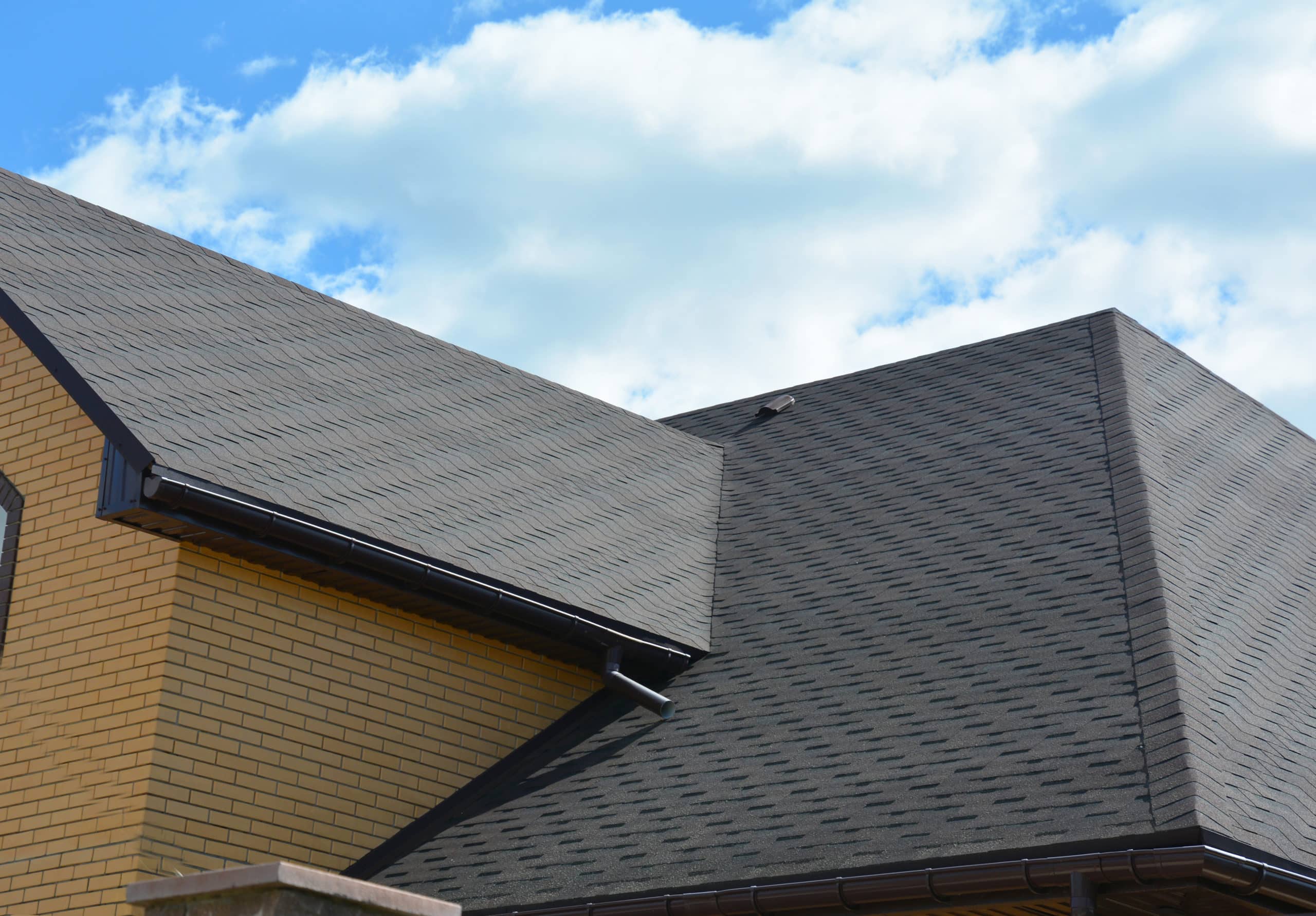How Can Power Washing Help Your Home for the Winter
Why pressure wash your house before winter hits? Well, there are a few reasons you should pressure wash your house, even as the winter season approaches. Each tip listed below sheds some light on essential home maintenance and might help you solve any lingering issues your home may have. Keep Siding Clean We would

